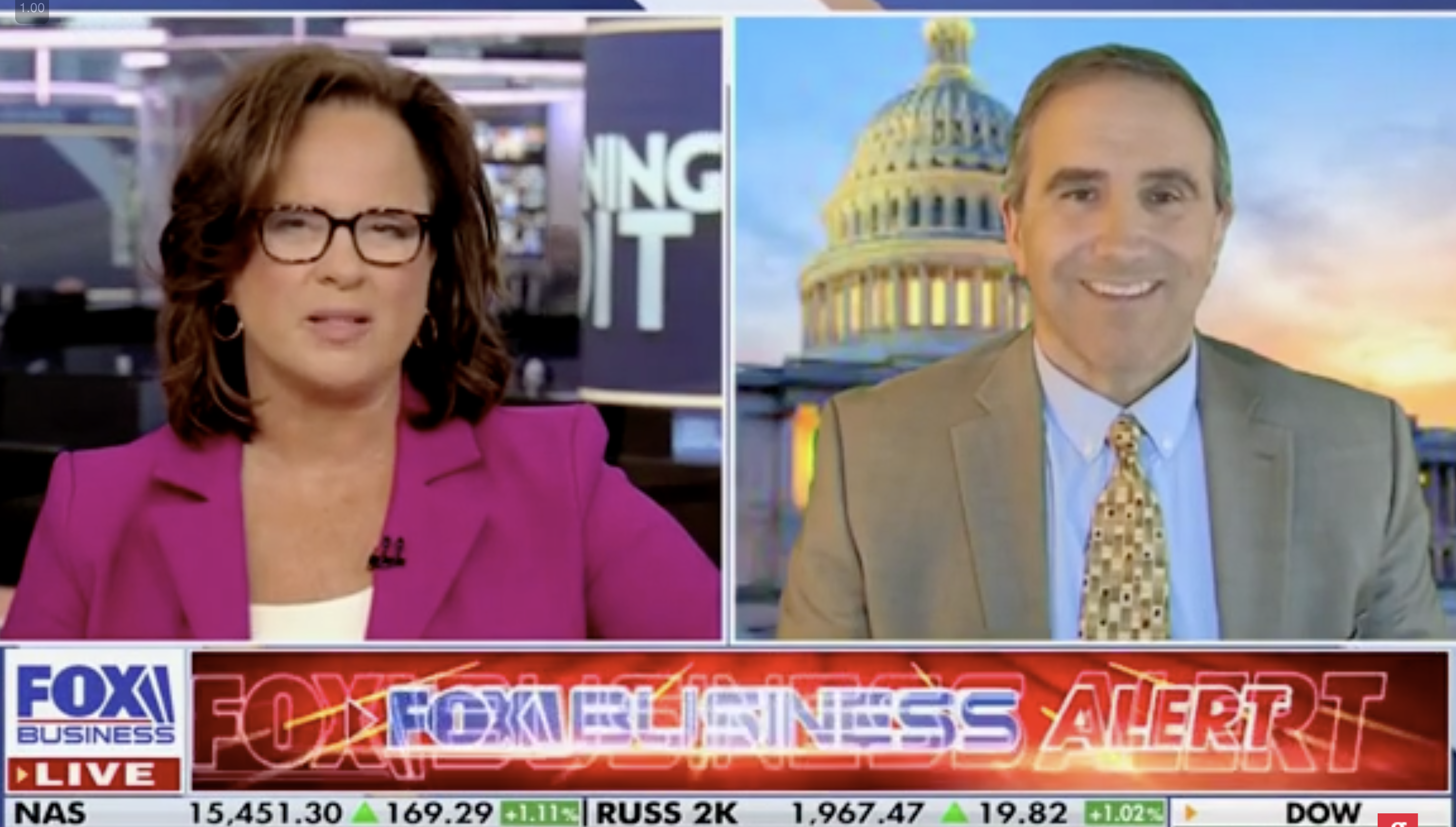Analysis: Large-scale wind and solar farms require at least 10 times as much land per unit as coal- and natural gas-fired power plants, including the land used to produce and transport the fossil fuels, research shows. https://t.co/B8PNJZTW3T
— The Washington Post (@washingtonpost) April 24, 2023
Analysis by Maxine Joselow
There’s an often-overlooked aspect of America’s energy transition: It will require a lot of land.
That means decisions about land use could have a profound impact on the speed and scale of the nation’s shift to clean energy, according to an analysis shared first with The Climate 202 by the ICF Climate Center, a climate research group within global consulting firm ICF.
Large-scale wind and solar farms require at least 10 times as much land per unit as coal- and natural gas-fired power plants, including the land used to produce and transport the fossil fuels, research shows.
But only a fraction of all land is suitable for development. One site might have the wrong slope for solar panels, while another area might be home to an endangered species that development could doom.
If developers pick the wrong site, they risk undermining goals of the Inflation Reduction Act, the landmark climate law that offers billions of dollars worth of tax credits for renewable energy projects nationwide.
“For the first 100 gigawatts of renewables that were developed in the previous decade, land was not an issue,” said Himali Parmar, vice president of energy advisory services, interconnection and transmission at ICF and lead author of the report. “But the siting issue has been hyper-magnified post-IRA.”
To maximize the benefits of the climate law, the analysis identifies four factors that developers should consider before selecting a site for a wind, solar or battery project. Below, we’ll unpack two of these factors and why they matter:
First, the analysis urges developers to consider how difficult — and costly — it will be to connect to the nation’s electricity grid.
- When a developer wants to build a new energy project, they have to submit an application to a regional operator, which determines how the project will affect the grid.
- If the regional operator determines the local grid is at capacity, it might ask the developer to pay for new transmission lines and other upgrades.
Most proposals wait years to connect to the grid. At the end of 2021, about 8,100 projects — the vast majority of them wind, solar and batteries — were waiting to plug in.
This little-known bottleneck — known as the interconnection queue — has slowed the build out of clean energy across the country. Less than one-fifth of solar and wind projects actually make it through the queue; many are canceled because of insurmountable upgrade costs.
But by proactively studying grid capacity and upgrade costs, developers can boost their odds of success, the analysis says. “Identifying sites with favorable development attributes — especially grid capacity — is a critical early step on the path to project completion,” the authors conclude.
But developers shouldn’t necessarily abandon a site if the surrounding community has concerns, Gross said. Instead, engaging with members of the community “early and often” can help gain their eventual acceptance, she said.
Clean-energy projects “have to go somewhere, and we’re going to have to make some trade-offs,” she said. “If we don’t build anything, we don’t get an energy transition.”



